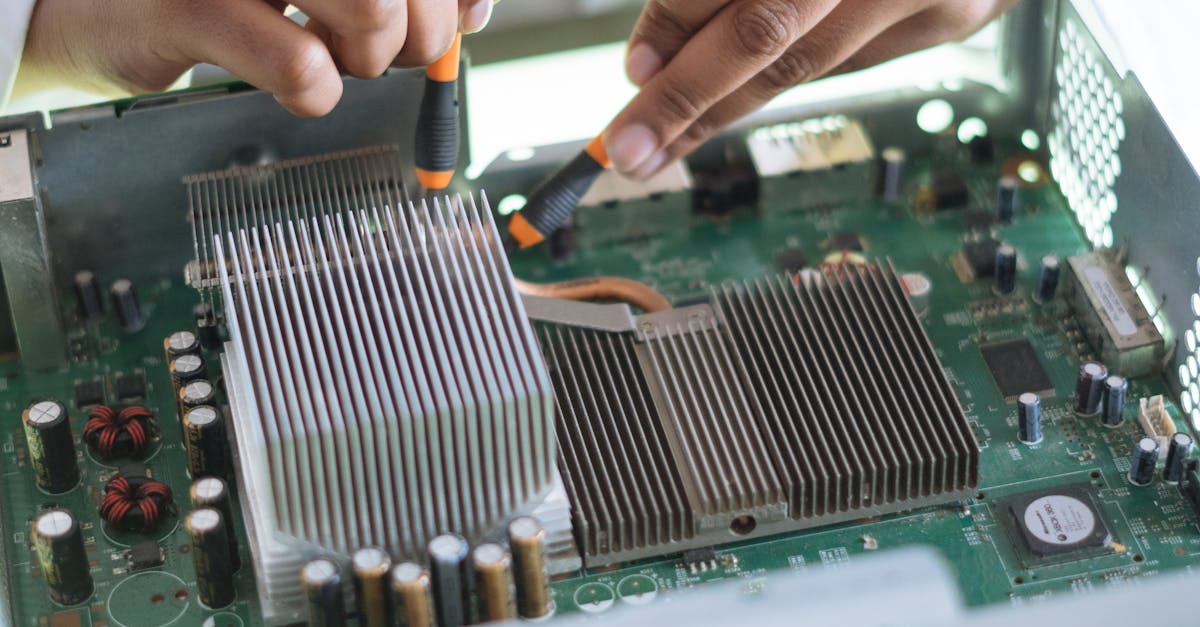Large-cap Semiconductors company Intel is down -2.6% during this morning's trading session, while the S&P 500 moved -0.0%. With last year's reported gross margins at 38%, you might be wondering if today's drop is an opportunity to pick up shares of a profitable company at a discount.
Gross margins give insight into the basic economics of the company' product line and its pricing power in the target market, yet it's essential to balance this with a review of Intel's operating margins. Operating margins take into account the company's fixed overhead costs, in addition to the cost of revenue used to calculate gross margins.
Is Intel plagued with bloated overhead expenses that are eating away at an otherwise profitable business? Or is the company currently unprofitable because it is in a growth phase? A combined analysis of both gross and operating margins can help answer these questions, so that you understand what kind of business you are investing in.
| Date Reported | Revenue ($ k) | Cost of Revenue ($ k) | Gross Margins (%) | YoY Growth (%) |
|---|---|---|---|---|
| 2023 | 52,864,000 | 32,700,000 | 38 | -11.63 |
| 2022 | 63,054,000 | 36,188,000 | 43 | -21.82 |
| 2021 | 79,024,000 | 35,209,000 | 55 | -1.79 |
| 2020 | 77,867,000 | 34,255,000 | 56 | -5.08 |
| 2019 | 71,965,000 | 29,825,000 | 59 | -4.84 |
| 2018 | 70,848,000 | 27,111,000 | 62 | n/a |
Intel's gross margins are currently in the green, but this might not be the case for long. Since its cost of revenue is growing at a rate of 2.8% compared to -5.8% for its revenues, its gross margins have been shrinking -8.9% on average each year.
| Date Reported | Total Revenue ($ k) | Operating Expenses ($ k) | Operating Margins (%) | YoY Growth (%) |
|---|---|---|---|---|
| 2023 | 52,864,000 | 23,788,000 | -7 | -275.0 |
| 2022 | 63,054,000 | 24,532,000 | 4 | -84.0 |
| 2021 | 79,024,000 | 24,359,000 | 25 | -16.67 |
| 2020 | 77,867,000 | 19,934,000 | 30 | -3.23 |
| 2019 | 71,965,000 | 20,105,000 | 31 | -6.06 |
| 2018 | 70,848,000 | 20,421,000 | 33 | n/a |
Despite the negative operating margins in the last year, Intel's average is still positive, indicating that the company is generally profitable. There's a red flag, however, indicating that the last year could be part of a negative trend. Intel's operating expenses are growing at an average rate of 3.3%, whilst its revenues are growing at only -5.8%.


